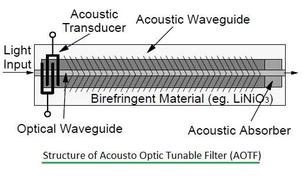AON vs PON: Active vs Passive Optical Networks Explained
Advertisement
This article breaks down the differences between AON (Active Optical Network) and PON (Passive Optical Network) types.
PON (Passive Optical Network)
 Figure-1 depicts typical set up used for deployment of PON ( Passive Optical Network ).
Figure-1 depicts typical set up used for deployment of PON ( Passive Optical Network ).
As shown, the OLT (Optical Line Termination) unit provides an Ethernet interface to the optical core network and a PON interface to the subscriber. A power splitter, located near the subscriber’s premises, provides individual connections to each user. These power splitters come in various sizes such as 1 x 2, 1 x 8, 1 x 16, and 1 x 32.
AON (Active Optical Network)
 Figure-2 depicts typical set up used for deployment of AON ( Active Optical Network ).
Figure-2 depicts typical set up used for deployment of AON ( Active Optical Network ).
Here, an Ethernet switch provides connections to individual subscribers within the network.
Comparison Between AON and PON
Here’s a breakdown of the key differences between AON and PON:
- Bandwidth Allocation: In PON, bandwidth allocation per subscriber is estimated based on the splitting factor. In AON, the allocation depends on the interface type and is adjustable. AON has an advantage over PON in terms of bandwidth allocation flexibility.
- Fault Impact: The impact of faults in the access node is lower in AON compared to PON.
- Subscriber Line Reliability (Customer-AN-Passive Splitter): Reliability is better in AON compared to PON in the segment between the customer, access node, and passive splitter.
- Subscriber Line Reliability (Passive Splitter-OLT / AN-Edge Switch): Conversely, reliability is better in PON (between the passive splitter and OLT) compared to AON (between the AN and Edge Switch).
- Cost: The costs of passive components used in PON are lower compared to the costs of active components used in AON. PON has a cost advantage.
Advertisement
 RF
RF



